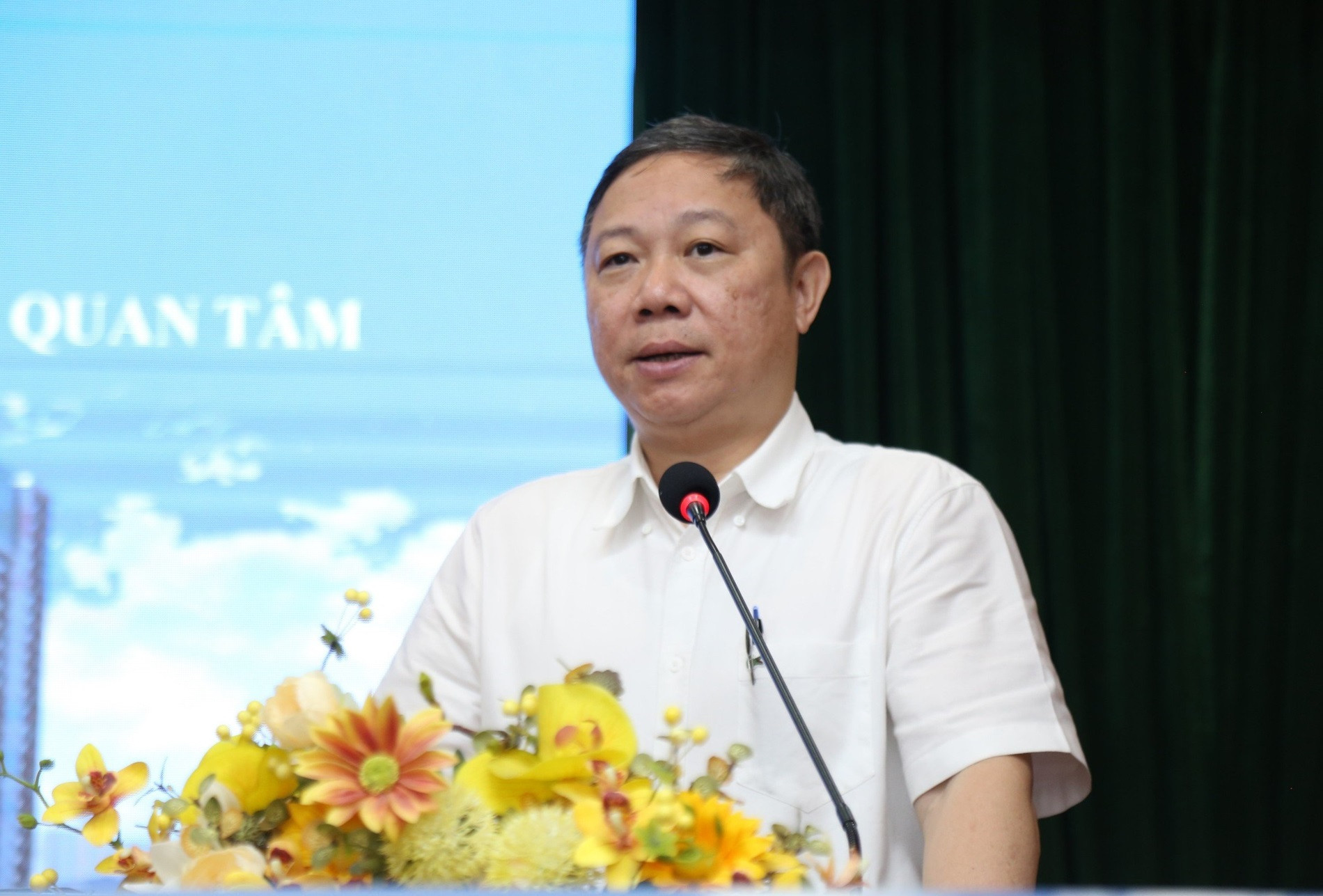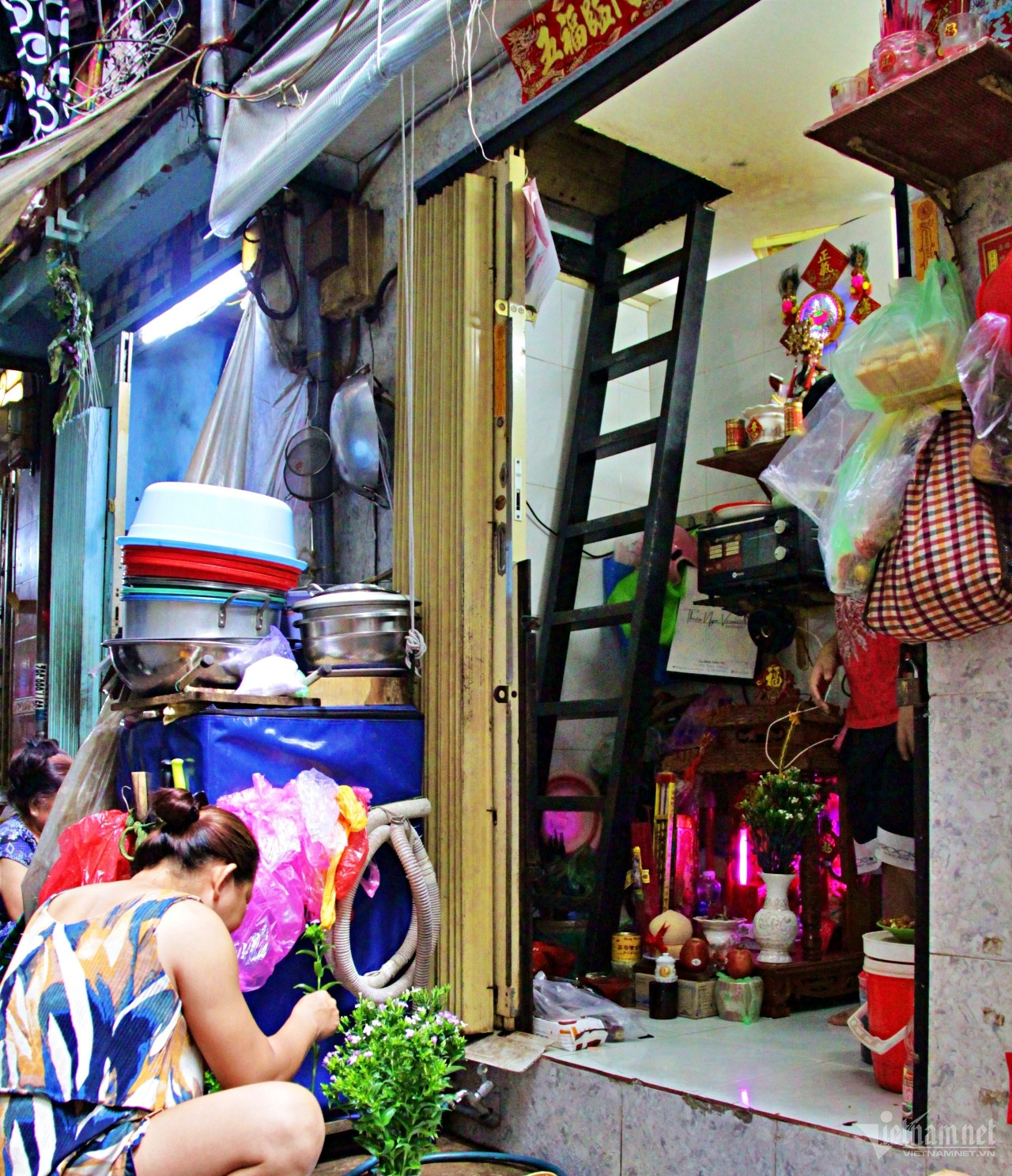
The District 1 People’s Committee on June 27 held a meeting where local authorities called for investment in a gentrification project in the locality, called the Cho Ga - Gao project.
50 years of waiting
At the meeting, District 1 Party Committee Secretary Duong Anh Duc said the Cho Ga -Gao area is located at the center of the city, but there are still tiny houses there.
District 1 is considered a commercial hub, and it is unreasonable to let tiny houses and small alleys exist next to luxury buildings.
He said that over the last 50 years, local authorities have been trying to find solutions to the problem in order to improve the living standards of locals.
“However, the problem has existed over the last 50 years. Investors come and leave, with no project developed, and nothing has changed,” Duc said.
The official said he hopes that local authorities can find investors who will join forces with agencies to settle the problem, and if the problem is solved, this will pave the way for gentrification projects in other areas, including Ma Lang and Ma Lo.
Architect Khuong Van Muoi said it is first necessary to assess the potential of the Cho Ga-Gao area relative to the general conditions of the city.
“The area is located near 23-9 Park, which, in the future, will have an underground space for subway stations and an underground shopping center. The area is adjacent to Ben Thanh Market, the central roads of Ham Nghi and Le Loi, and on the side of Sai Gon River. There is no other area with such great potential,” Muoi said.
A project with such great potential will be a driving force for the development of the central area of the city. He stressed that the project must be implemented to change the face of the area and bring better life to locals.
Special mechanism

According to a representative of Nova, a large realtor, the company has made an initial approach to the project.
However, information about the project remains unclear. Which mode will the project be implemented under? Will local people resettle on the spot or will they move to other places? How will compensation for site clearance be implemented? Will the state participate in the project?
Cho Ga-Gao covers a large area of over 6,000 sq m. However, with criteria in construction density, height and land-use co-efficient, only 600 apartments can be built. Of these, 300 apartments will be reserved for resettlement, and 300 other apartments will be for sale. If so, the great potential of the area will be wasted.
“Our research has found that there must be a special mechanism which is ‘strong’ enough to implement the project,” he said.
A representative of Bitexco said that with the land-use coefficient of 10 and maximum height of 50 meters as set by local authorities, it would be difficult to implement the project.
“As per our calculation, the project must have a height of 80 meters (24-25 stories) to fit the land-use coefficient of 10,” he said.
“The project must meet both on-the-spot resettlement demand and businesses’ demand for retail premises,’ he added.
Social housing
One of the most interesting suggestions was one from Hoang Quan Group on developing a social housing project there.
“The mechanism on social housing development has been set and it is clear enough. Poor and near-poor households are given priority in resettlement. Investors are allowed to sell 20 percent of the project's apartments as commercial products. Thus, if we implement a social housing project, it will satisfy both investors and residents," he said.
However, he warned that if developing a social housing project, the state won’t be able to collect land rent. As the land plot is located in the core center of the city, a social housing project won’t have correlation with the landscape. This is a problem that needs solutions.
The HCM City Department of Planning and Investment showed its agreement with the idea of developing a social housing project, saying that the HCM City People’s Committee is considering adding the project to the ‘green investment’ list.
Ho Van